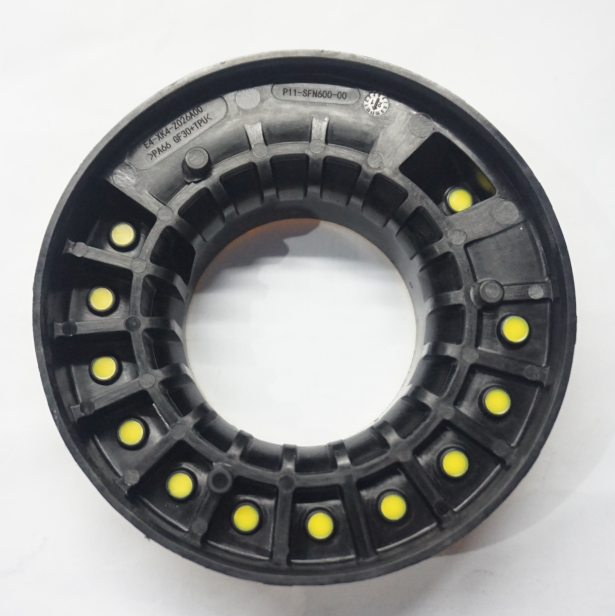Over molding & Insert molding
- Home
- Over molding & Insert molding

What is over molding and insert over molding?
Over molding is the process of combining different materials and colors into one product through two injection molding. The first injection molding is usually hard plastic products (ABS, AS (SAN), PC, PC/ABS, PE, PP, PS (HIPS, GPPS), MBS (transparent ABS…), and the second injection molding is for software TPE, TPR, silicone, PVC, TPU, TPV and TPEE. TPR, silicone, PVC, TPU, TPV and TPEE, the products are mostly used for handles.
What is insert over molding?
If the insert is metal or brass, then we calls it metal insert molding. This is an overlapping molding process that we often use, multi-shot injection molding, to inject multiple plastic resins into the mold cavity during the same injection molding cycle.
What are the advantages of over molding?
- You can use the general injection molding machine to mold 2 kinds of materials or 2 kinds of colors of products, without investing in more expensive two-color injection molding machine
- The investment in the mold is relatively low compared to 2K molds, when you need small quantities of products; the investment in Over molding cost is lower.
What are disadvantages of over molding?
- Over molding is not suitable for molding that requires precise fusion of two materials
- Over molding requires manual or robot to insert the first injection into the second set of molds, which increases the molding cycle time, low productivity, and higher cost per product.
How to choose 2K mold or over molding?
- If you need a precise fusion of two materials, or if you have high requirements for product appearance, or if you have a complex mold structure, or if you need more than 500,000 pieces of products, choosing a 2K mold will give you a perfect product and save you money.
- If you need to fuse one plastic material or metal insert into another material, and need 1-20K products, choose over molding or insert over molding is more suitable.
Did you like this Work? Please Share


